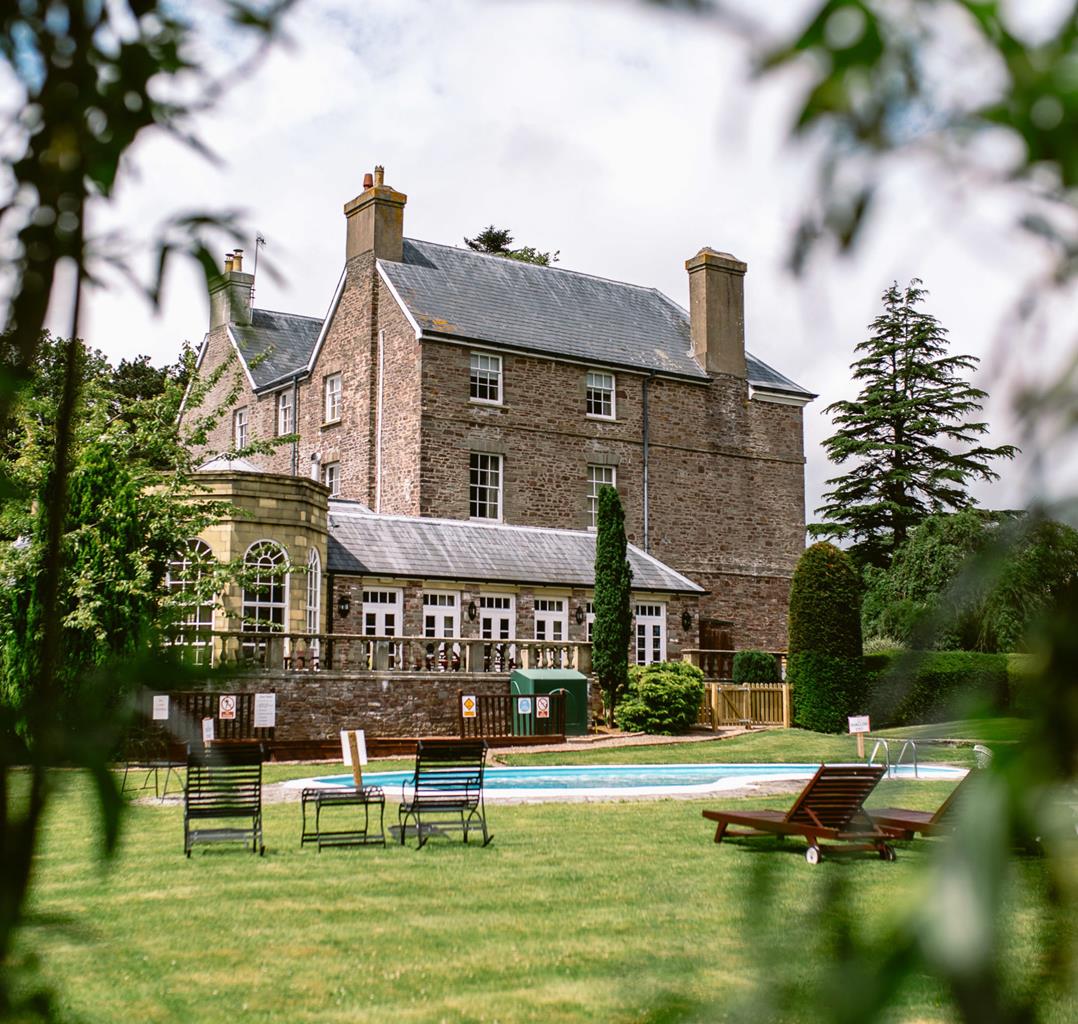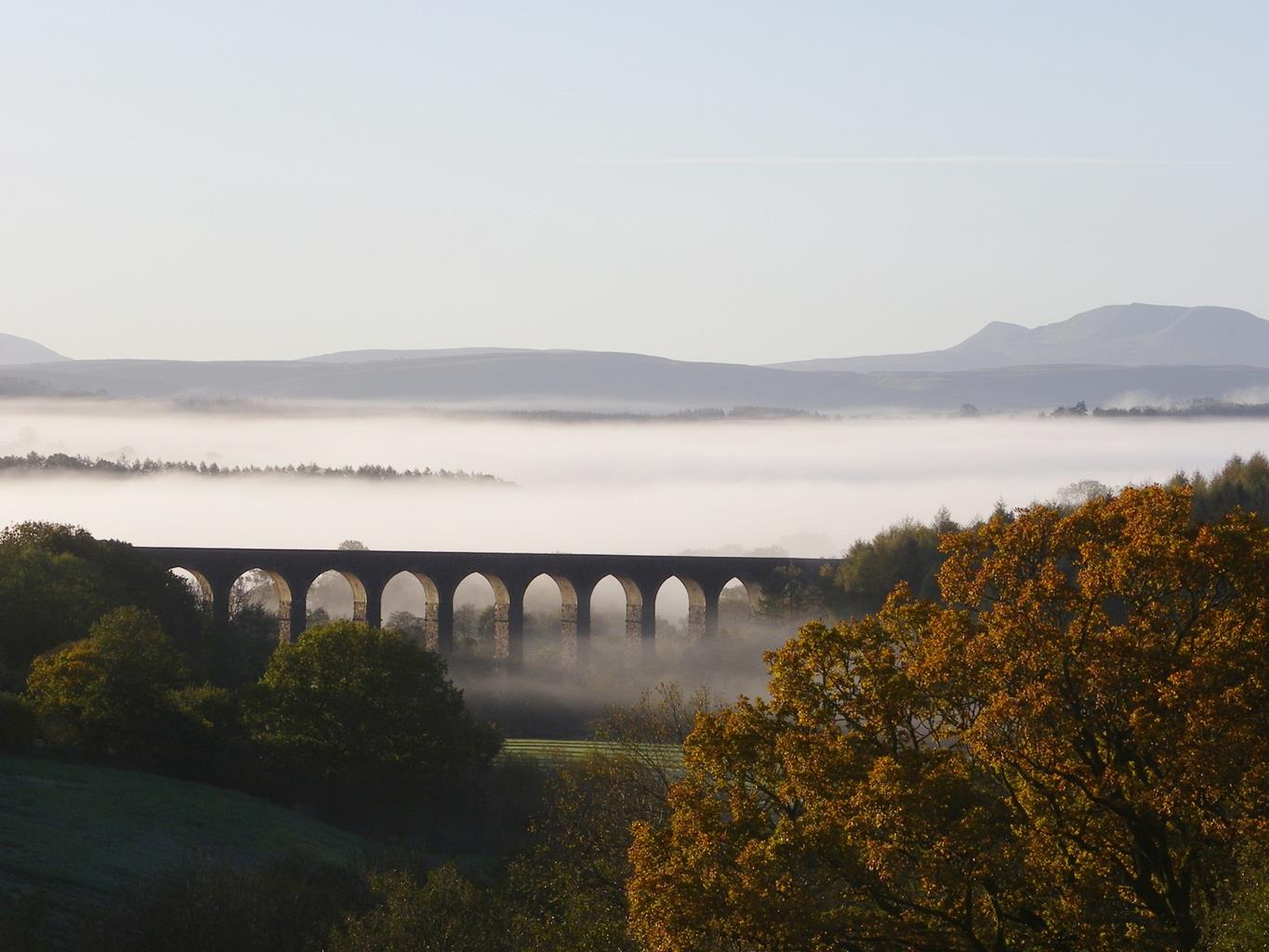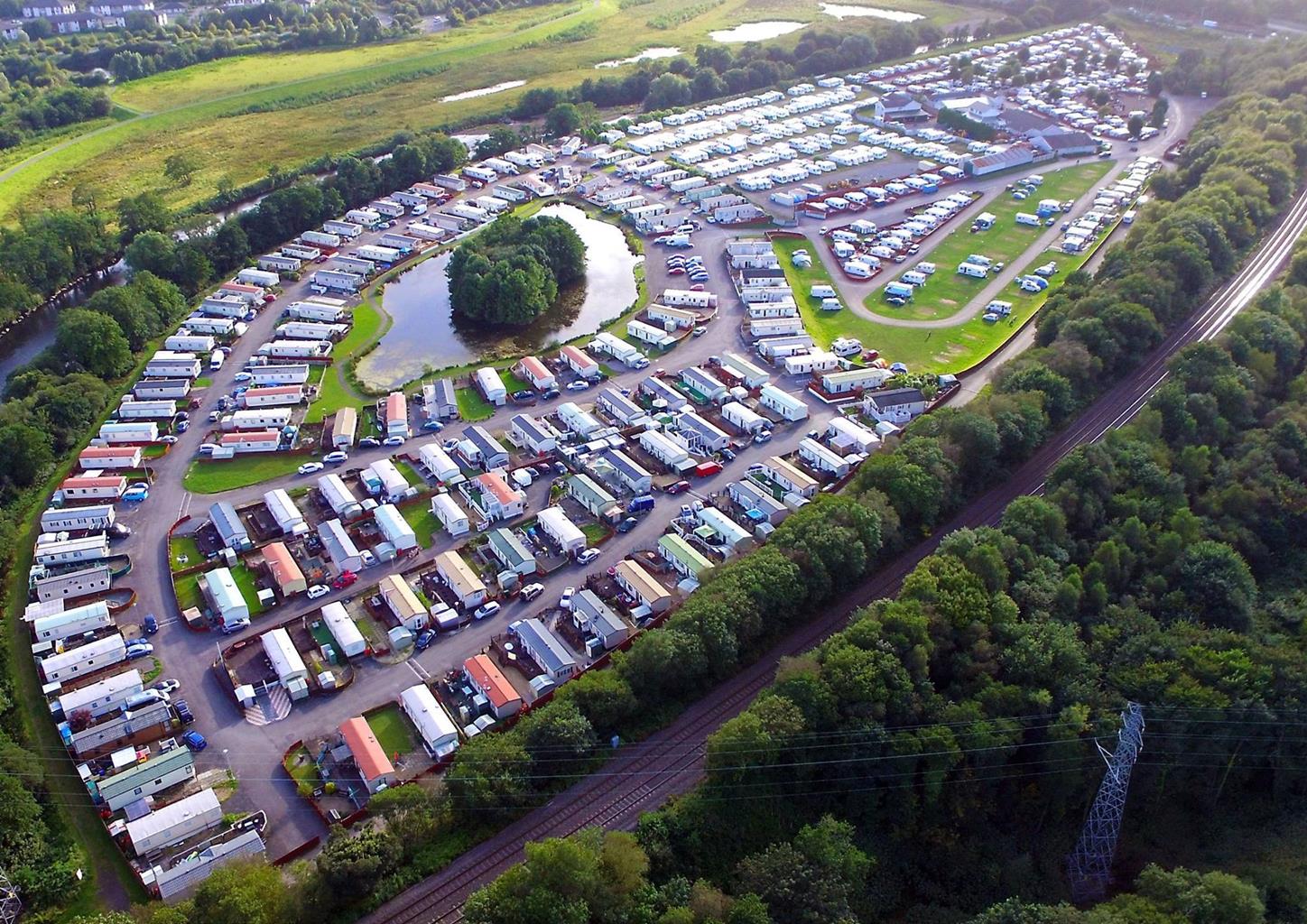Within easy walking distance of the town centre and adjacent to the notable Llandovery Dragons…
The escarpments of the Carmarthen Fan

A walk through some of the Brecon Beacons' most spectacular scenery.
7.5 miles (12.1kms)
About the walk
The view eastwards from the flanks of Bannau Sir Gaer across Llyn y Fan Fach to the steepest section of the Carmarthen Fan is breathtaking. There’s something special about the broody black waters, their shimmering surface reflecting skywards a rippled mirror image of the shattered crags of the escarpment. Ravens, buzzards and red kites ride high on the updraughts and the picture becomes all the more sinister for the addition of a little light cloud, drifting in and out of the summits.
You won’t be the first to become bewitched by this lavish scene. The lake was visited regularly long ago by a local shepherd boy known as Rhiwallon. He encountered a mystical lady, as beautiful as the reflection in the lake that she’d risen from. Her wisdom matched her beauty and she possessed the ability to make healing potions from herbs and flowers. Rhiwallon was captivated, so much so that he proposed marriage and she agreed, but only on the condition that he should never strike her with iron. Rhiwallon and his wife had a son before the inevitable happened, perhaps by accident, and the lady returned to the dark waters, taking with her all of their worldly goods, including the animals they tended. Fortunately, before she left, she had passed on all of her medicinal skills to her son, who went on to become a local healer. Far fetched? Maybe, but it’s interesting to note that much later on, the area did actually become renowned for its healers and there followed a long line of successful practitioners known as the Physicians of Myddfai (a village north of the lake).
From the narrow summit of Fan Foel, your grapple with gravity is rewarded by huge views across the bleak uplands of the Black Mountain (singular), not to be confused with the Black Mountains (plural) which are some 30 miles (48km) east of here and visible on a clear day. This is the westernmost mountain range of the National Park and, without doubt, the wildest and most remote. The majority of the land is made up of barren, windswept moorland that possesses an austere beauty with few equals.
Walk directions
From the car park at the end of the unclassified road, head back towards Llanddeusant and after about 100yds (91m), turn sharp right, almost doubling back on yourself, to continue on a faint track that contours eastwards around the hillside. Follow this track as it then veers northeast into the small valley carved out over the centuries by the Sychnant brook.
The track becomes clearer, briefly. However, it is very easy to be seduced into surging up to the east here along the much more obvious valley of Nant Melyn. It’s very important not to be fooled but to keep to the left bank of the smaller Sychnant, which turns to the northeast.
The track is faint but the going reasonably easy as you continue up the valley, crossing a small tributary and following the bank above the Sychnant. Numerous paths and sheep tracks cross your way, but continue unhindered upwards, aiming for the shallow saddle on the blunt ridge above. The stream eventually swings to the right and peters out. At this stage, bear right and head along the ridge.
You’re now aiming for the steep and obvious spur of Fan Foel, which lies southeast of you, approximately 1.5 miles (2.4km) away. Follow whatever tracks you can find over Waun Lwyd and, as the ridge starts to narrow, keep to the crest where you’ll meet a path coming up from the northeast.
Climb steeply up the narrow path on to the escarpment and keep right to follow the escarpment along. The path becomes clearer as it drops steeply into Bwlch Blaen-Twrch. From here, climb up on to Bannau Sir Gaer and continue to the summit cairn.
Stay with the main footpath and follow the edge of the escarpment above the precipitous cliffs into a small saddle or col and up again above Llyn y Fan Fach. Continue around the lake, with the steep drop to your right and you’ll see a good path dropping down a grassy spur to the outflow of the lake.
Follow this obvious footpath and then, when you reach the dam, pick up the well-surfaced track that heads back downhill. This will lead you to the right of the filter beds and back to the car park.
Additional information
Faint paths, trackless sections over open moorland
Imposing mountains, hidden lakes, wild and remote moorland
Care needed near livestock and steep drops
OS Explorer OL12 Brecon Beacons National Park
At end of small unclassified road, southeast of Llanddeusant
None on route
<p>Best not undertaken in poor visibility</p>
WALKING IN SAFETY
Read our tips to look after yourself and the environment when following this walk.
Find out more
Also in the area
About the area
Discover Carmarthenshire
Carmarthenshire is the largest of the historic counties of Wales, and known to have been inhabited since prehistoric times. Carmarthen, its county town, with its Roman fort, claims to be the oldest town in Wales.
Carmarthenshire was a heavily disputed territory between the Welsh and the Normans in the 12th and 13th centuries, and many of the castles and forts dotting its landscapes date from this period. They include ruins at Carreg Cennen, Dinefwr, Dryslwyn, Laugharne, Llansteffan and Newcastle Emlyn, as well as the slightly better-preserved Kidwelly Castle. Carmarthen Castle, meanwhile, saw further fighting during both the Wars of the Roses and the Civil War, when it was captured twice by the Parliamentary forces, and ordered to be dismantled by Oliver Cromwell.
In these more peaceful times, the economy of the county is mainly agricultural (the 19th-century Rebecca Riots, in which local farmers and agricultural workers protested against higher tolls and taxes, started in Carmarthenshire), and its fertile farmland is known as ‘The Garden of Wales’. A more literal garden, the National Botanic Garden of Wales, opened in 2000.
Nearby stays
Restaurants and Pubs
Nearby experiences
Recommended things to do
Why choose Rated Trips?
Your trusted guide to rated places across the UK
The best coverage
Discover more than 15,000 professionally rated places to stay, eat and visit from across the UK and Ireland.
Quality assured
Choose a place to stay safe in the knowledge that it has been expertly assessed by trained assessors.
Plan your next trip
Search by location or the type of place you're visiting to find your next ideal holiday experience.
Travel inspiration
Read our articles, city guides and recommended things to do for inspiration. We're here to help you explore the UK.













